-
×
 C81801, Closure and septa, For 8-425 vial
6 × $12.10
C81801, Closure and septa, For 8-425 vial
6 × $12.10 -
×
 C90991, Closure and septa, For 9mm vial
4 × $12.40
C90991, Closure and septa, For 9mm vial
4 × $12.40 -
×
 V845, 8-425 1.5ml vial, Amber
7 × $12.90
V845, 8-425 1.5ml vial, Amber
7 × $12.90 -
×
 V827, 8-425 1.5ml vial, Clear
6 × $8.90
V827, 8-425 1.5ml vial, Clear
6 × $8.90 -
×
 C2001, Hand crimper, For 20mm vial
3 × $231.00
C2001, Hand crimper, For 20mm vial
3 × $231.00 -
×
 C130931, Closure and septa, For 13mm Vial
3 × $16.20
C130931, Closure and septa, For 13mm Vial
3 × $16.20 -
×
 SACA1, Magnetic Closure and septa, For 18mm vial
10 × $37.10
SACA1, Magnetic Closure and septa, For 18mm vial
10 × $37.10 -
×
 V4092, 250µl Insert, For 9mm vial
1 × $11.90
V4092, 250µl Insert, For 9mm vial
1 × $11.90 -
×
 C130941, Closure and septa, For 13mm Vial
7 × $16.20
C130941, Closure and septa, For 13mm Vial
7 × $16.20 -
×
 C8181, Closure and septa, For 8-425 vial
6 × $12.10
C8181, Closure and septa, For 8-425 vial
6 × $12.10 -
×
 V1345, Screw-thread 13mm Vial
7 × $23.60
V1345, Screw-thread 13mm Vial
7 × $23.60 -
×
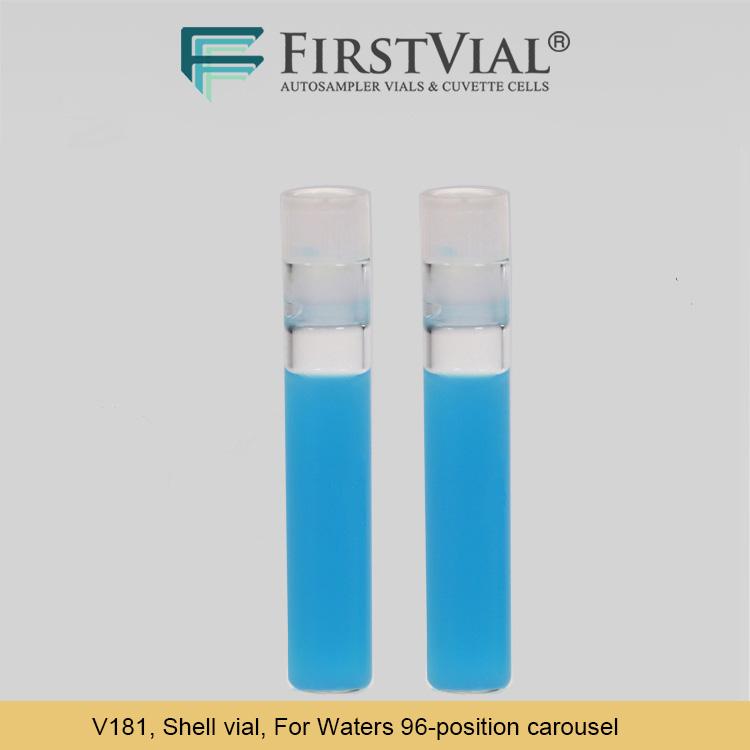 V181, Shell vial, For Waters 96-position carousel
4 × $13.50
V181, Shell vial, For Waters 96-position carousel
4 × $13.50 -
×
 C9191, Closure and septa, For 9mm vial
2 × $8.60
C9191, Closure and septa, For 9mm vial
2 × $8.60 -
×
 V421, 250µl Insert, For 8-425 vial
4 × $8.50
V421, 250µl Insert, For 8-425 vial
4 × $8.50 -
×
 VP91+C9191, 0.3ml, Micro-Vial+Cap+Septa, Screw, Clear
1 × $19.90
VP91+C9191, 0.3ml, Micro-Vial+Cap+Septa, Screw, Clear
1 × $19.90 -
×
 VA21, Screw-thread 18mm vials, 20ml
2 × $33.60
VA21, Screw-thread 18mm vials, 20ml
2 × $33.60 -
×
 10 mm Quartz Absorption Cuvettes with 2 Clear Windows, 3.5 mL, QGB11
3 × $56.00
10 mm Quartz Absorption Cuvettes with 2 Clear Windows, 3.5 mL, QGB11
3 × $56.00 -
×
 V927, 9mm 1.5ml Vials, Clear
1 × $8.40
V927, 9mm 1.5ml Vials, Clear
1 × $8.40 -
×
 VP91, 0.3ml, Micro-Vial, Screw, Clear
2 × $11.90
VP91, 0.3ml, Micro-Vial, Screw, Clear
2 × $11.90 -
×
 V945, 9mm 1.5ml Vials, Amber
5 × $13.20
V945, 9mm 1.5ml Vials, Amber
5 × $13.20 -
×
 S21, Septa, For 20mm vial
2 × $20.90
S21, Septa, For 20mm vial
2 × $20.90 -
×
 V4091, 250µl Insert, For 9mm vial
1 × $19.90
V4091, 250µl Insert, For 9mm vial
1 × $19.90 -
×
 V1317, Screw-thread 13mm Vial
6 × $15.40
V1317, Screw-thread 13mm Vial
6 × $15.40 -
×
 AC02040, 40ml, 35(Diameter), 58mm(H), Alumina, Cylindrical Crucible
1 × $10.00
AC02040, 40ml, 35(Diameter), 58mm(H), Alumina, Cylindrical Crucible
1 × $10.00 -
×
 AC03078, 77mm(L), 13mm(W), 8mm(H), Alumina, Boat Crucible
1 × $8.90
AC03078, 77mm(L), 13mm(W), 8mm(H), Alumina, Boat Crucible
1 × $8.90 -
×
 S10, Septa, For 20mm vial
1 × $20.90
S10, Septa, For 20mm vial
1 × $20.90 -
×
 C9192, Closure and septa, For 9mm vial
2 × $10.60
C9192, Closure and septa, For 9mm vial
2 × $10.60 -
×
 V409, 150µl Insert, For 8-425 vial
3 × $24.00
V409, 150µl Insert, For 8-425 vial
3 × $24.00 -
×
 V917, 9mm 1.5ml Vials, Clear
1 × $4.80
V917, 9mm 1.5ml Vials, Clear
1 × $4.80 -
×
 V9491P, Pack, Insert+1.5ml, Vial+Cap+Septa, Screw, Clear
1 × $34.00
V9491P, Pack, Insert+1.5ml, Vial+Cap+Septa, Screw, Clear
1 × $34.00 -
×
 V927+C9191, 1.5ml, Vial+Cap+Septa, Screw, Clear
1 × $18.90
V927+C9191, 1.5ml, Vial+Cap+Septa, Screw, Clear
1 × $18.90 -
×
 VA09, Screw-thread 18mm vials, 10ml
3 × $18.90
VA09, Screw-thread 18mm vials, 10ml
3 × $18.90
Subtotal: $2,601.60

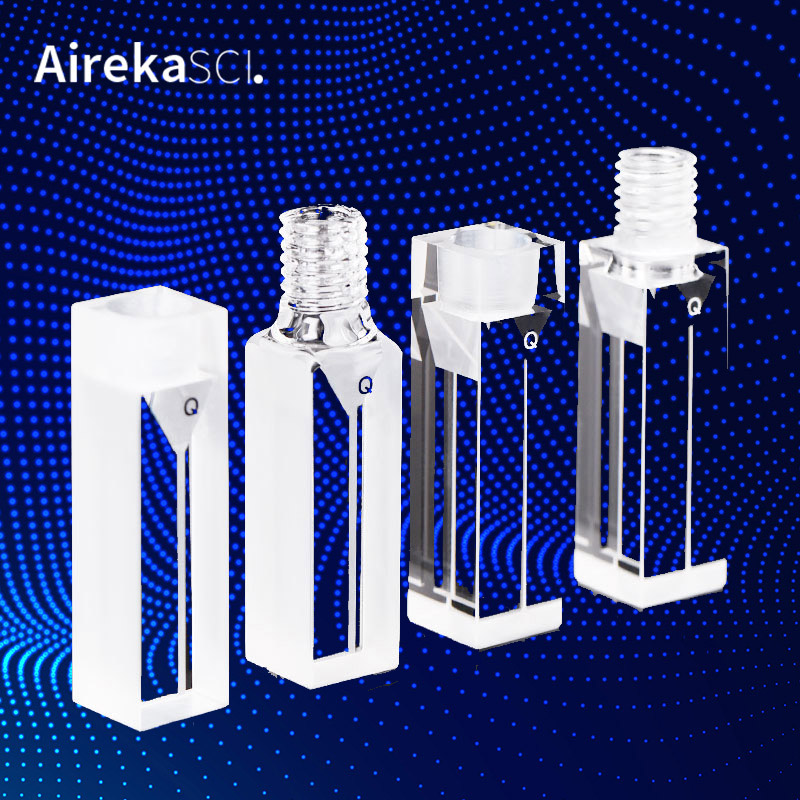
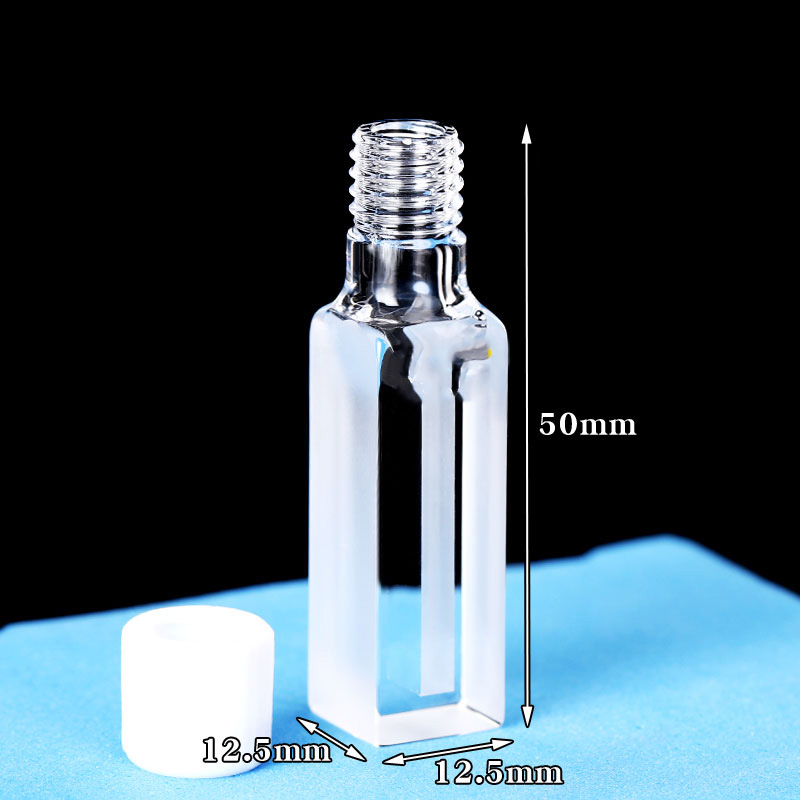
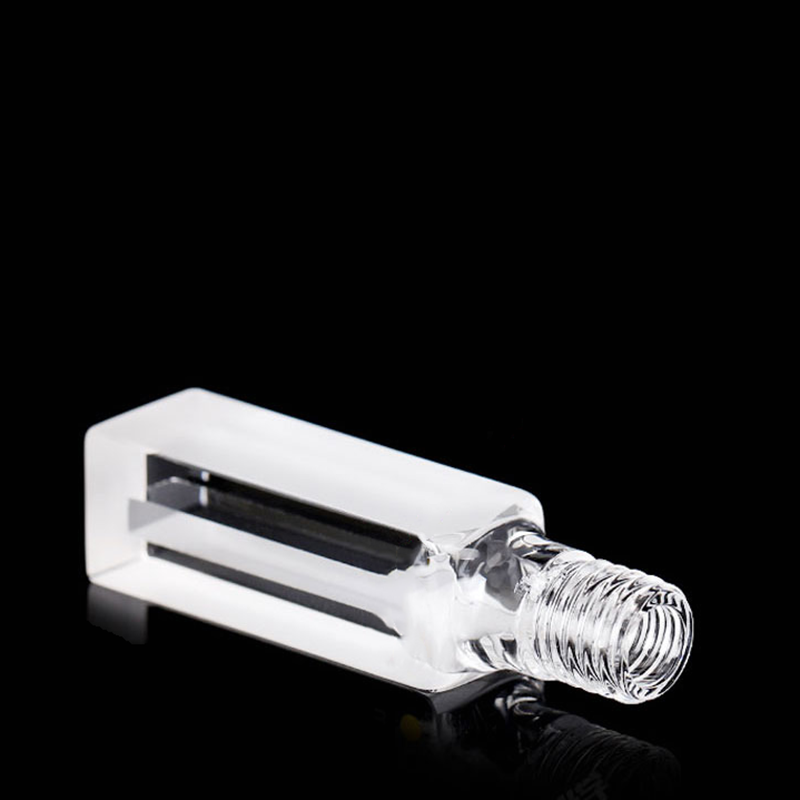
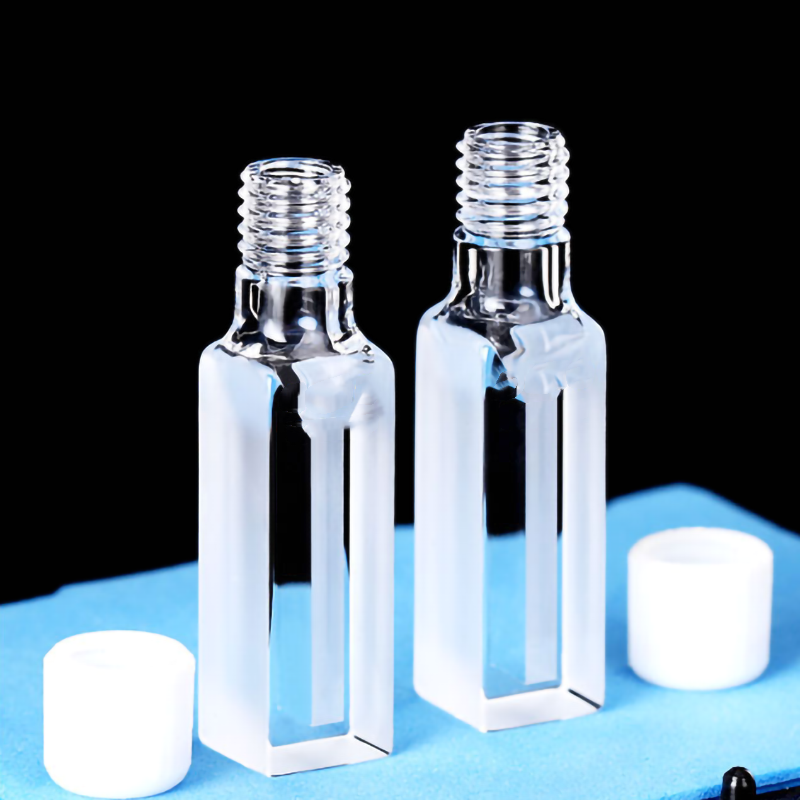
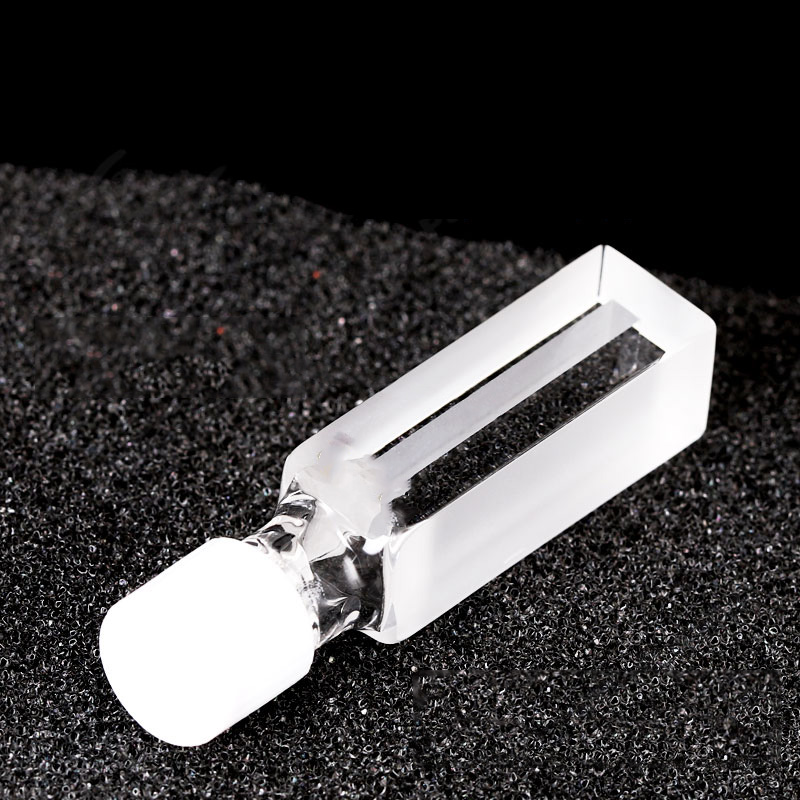
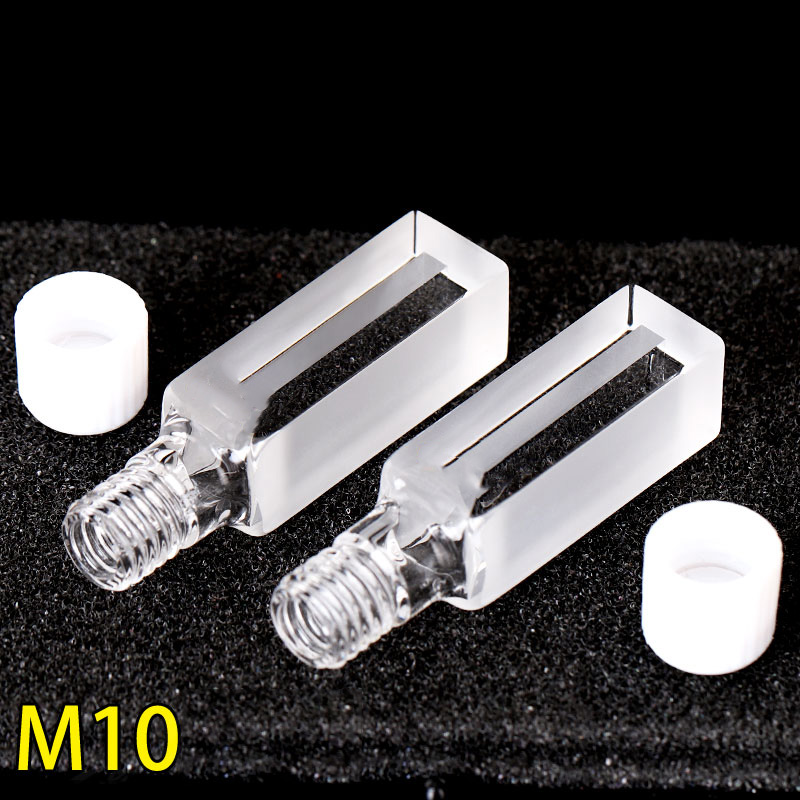
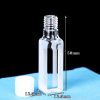
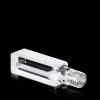
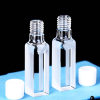
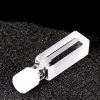













There are no reviews yet.